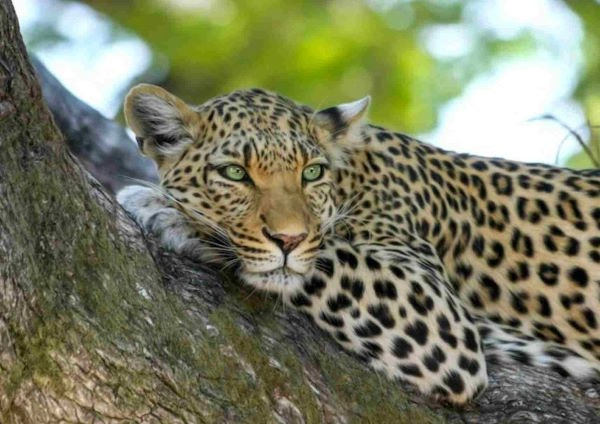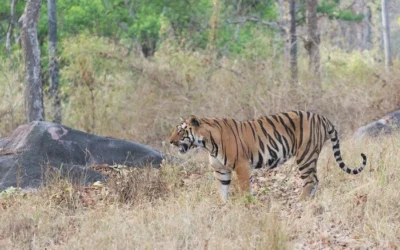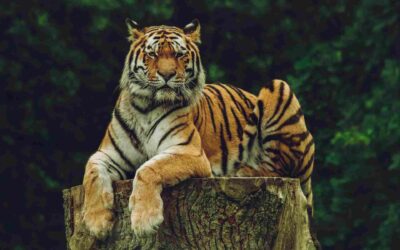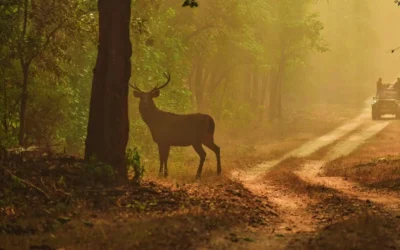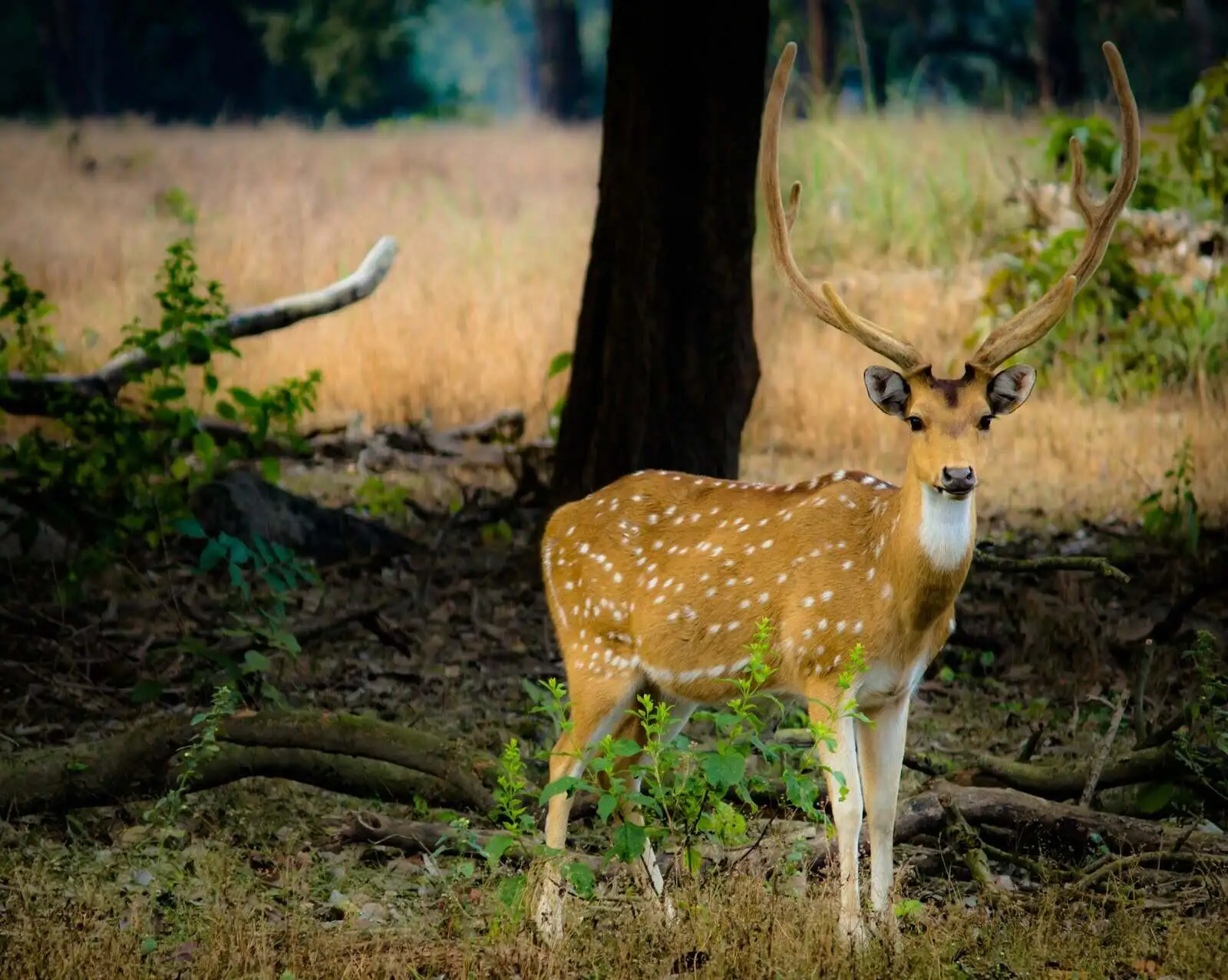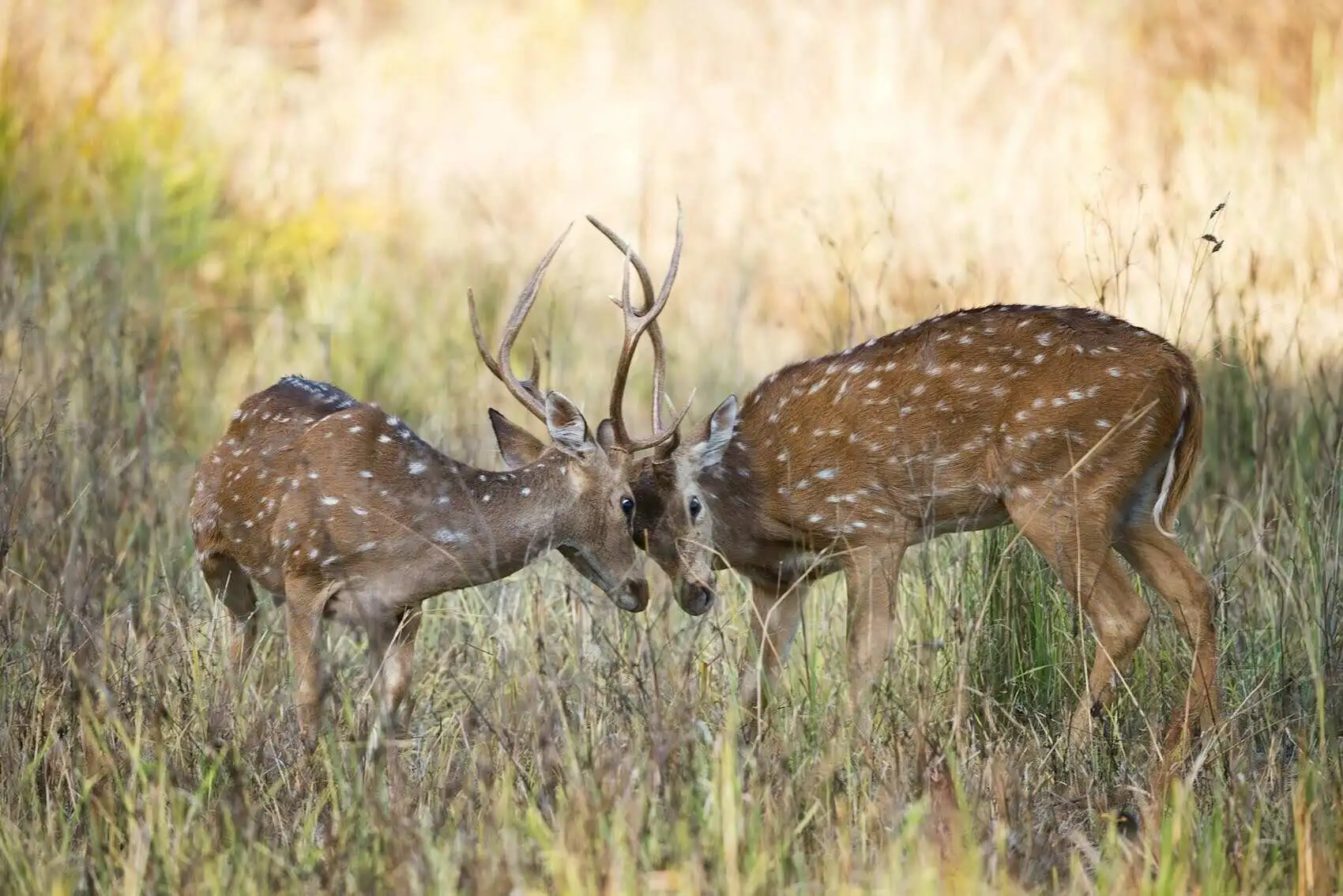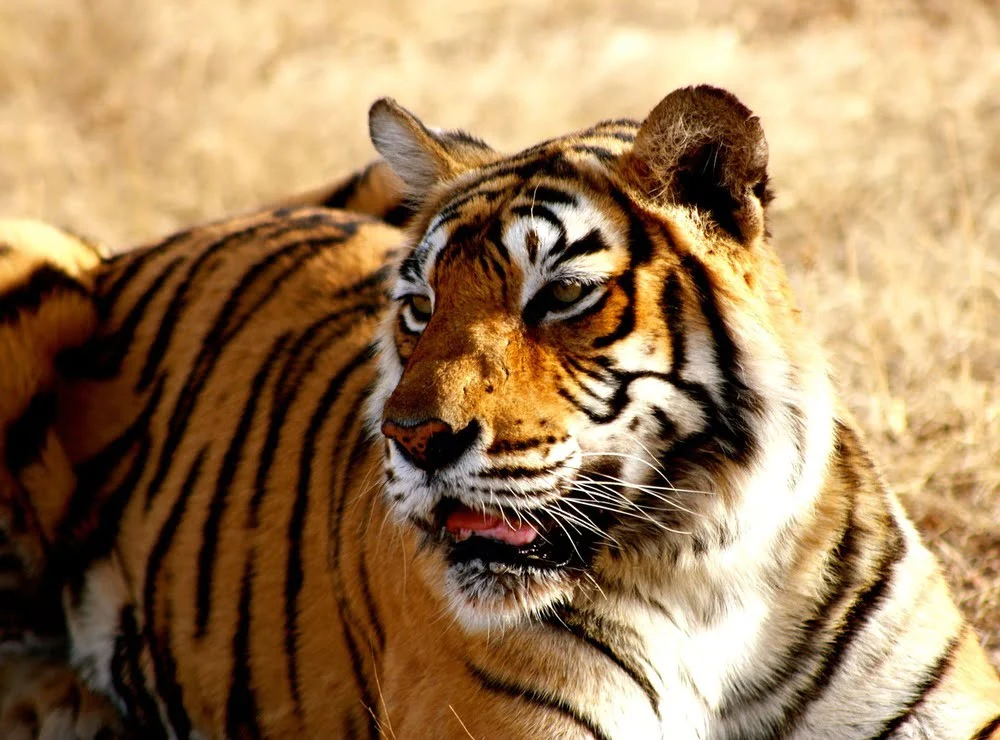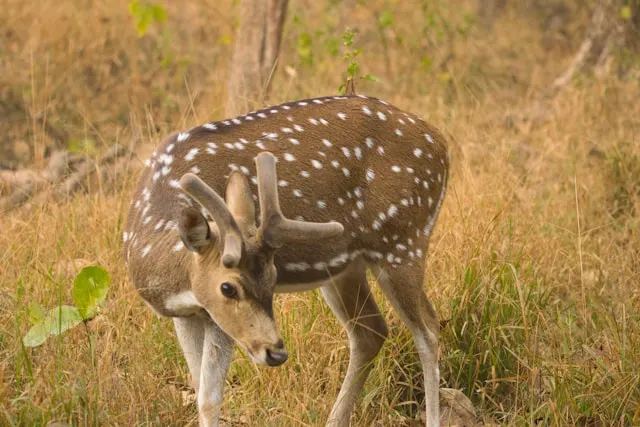Jeep to Jungle: A Practical Guide to Wildlife Photography on Pench Safari
Nestled along the borders of Madhya Pradesh and Maharashtra, Pench National Park is a paradise for photographers and nature enthusiasts alike. Known as the land that inspired Rudyard Kipling’s The Jungle Book, Pench is home to the majestic Bengal tiger, graceful leopards, elusive wild dogs, and a mesmerizing variety of birds and landscapes.
With its rich biodiversity and scenic charm from teak forests to sun-dappled grasslands and serene riverbeds, Pench is every wildlife photographer’s dream. The play of light, the drama of the jungle, and the thrill of tracking tigers make every safari an unforgettable photographic adventure.
Here’s your practical guide on what to pack, when to shoot, and how to make the most of your Pench photography expedition.
Preparing for Your Pench Safari Photography
A successful wildlife photography trip to Pench begins long before your first click. Proper preparation ensures you’re ready for the unpredictability of the jungle.
Camera Gear Essentials
- Telephoto Lens (200mm and above): Ideal for capturing tigers, leopards, and birds without disturbing them. A zoom lens (100 – 400mm or similar) adds versatility for both close and distant shots.
- Lightweight Tripod or Bean Bag: Crucial for stability during jeep safaris, especially in low light or when using heavy lenses.
- Extra Batteries and Memory Cards: Safaris often start at dawn and end at dusk—carry spares to avoid running out of power or space.
- Lens Cleaning Kit: Dusty trails are a part of every Pench safari. Keep a soft cloth, blower, and lens pen handy.
Mastering Camera Settings for Pench Safari Photography
Pench offers constantly changing light conditions from golden dawns to shaded forests. Knowing how to adjust your camera quickly is key.
- Freeze the Action: Use a fast shutter speed (1/500s or higher) to capture running tigers or flying birds.
- Aperture Settings: A wide aperture (f/2.8 – f/5.6) helps isolate your subject and blur the background beautifully.
- ISO Control: Keep ISO as low as possible to avoid grain, but don’t hesitate to raise it in darker zones, modern cameras handle noise well.
- Burst Mode: Use continuous shooting to capture that perfect tiger yawn or a wild dog chase sequence.
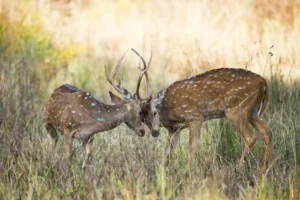
Optimizing Your Pench Photography Experience
Pench’s natural light and landscapes provide exceptional opportunities for both action and creative shots.
Best Time for Photography in Pench
The golden hours, early morning (6:00 – 8:30 AM) and late afternoon (4:00 – 6:00 PM), offer the most flattering light and active wildlife behavior. The soft glow enhances textures and colors, creating stunning images of Pench’s wildlife.
Composition and Focusing Techniques for the Perfect Shot
- The Rule of Thirds: Align your subject along one of the imaginary 3×3 grid lines to create balanced, engaging photos.
- Use Leading Lines: Let jeep tracks, rivers, or fallen logs naturally guide the viewer’s eye toward your subject.
- Play with Negative Space: Highlight the tiger’s solitude or a bird’s flight against the vast Pench sky.
- Autofocus Modes: Use AI Servo/Continuous AF to track moving subjects smoothly. Tigers rarely stay still anticipate their movement.
Beyond the Tiger: Capturing Pench’s Diverse Wildlife
While the Bengal tiger is the crown jewel of Pench, the park’s true charm lies in its diversity. Leopards slinking through shadows, packs of wild dogs (dholes) on the hunt, playful langurs, and over 250 species of birds offer endless photo opportunities.
Bird Photography Tips in Pench:
- Fast Shutter Speed (1/1000s or higher): Essential for sharp bird-in-flight shots.
- Panning Technique: Move your camera smoothly in sync with the bird’s flight to maintain focus and add motion.
- Composition: Capture birds interacting with their surroundings perched on branches, feeding, or reflected in water.
Macro and Habitat Shots:
Don’t forget the smaller wonders patterns on a butterfly wing, textures of tree bark, or the vast jungle landscape that tells Pench’s story beyond its animals.
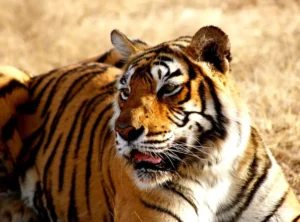
Post-Processing for Perfection
Your photography journey doesn’t end in the jungle. Editing helps refine and elevate your images while preserving their natural authenticity.
Basic Adjustments:
- Exposure & White Balance: Adjust using Lightroom or Photoshop to maintain realistic tones.
- Color & Contrast: Enhance vibrancy gently to bring out Pench’s warm hues during sunrise and sunset.
Sharpening & Noise Reduction:
- Apply subtle sharpening to enhance details like fur or feathers.
- Use noise reduction sparingly for low-light images to retain texture and sharpness.
Remember: the goal of post-processing is to enhance nature’s beauty, not alter reality.
Conclusion
Your photographs from Pench are more than souvenirs—they are stories of the wild. Every frame contributes to a larger narrative of conservation and appreciation for nature’s intricate balance.
By capturing the spirit of Pench – its tigers, its forests, its silence you help raise awareness about the importance of protecting India’s wildlife heritage.
Ready to turn your lens toward the wild?
Book a call with us today to plan your Pench Safari Photography Expedition, tailored to help you capture your dream wildlife moments amidst the legendary landscapes that inspired The Jungle Book.

